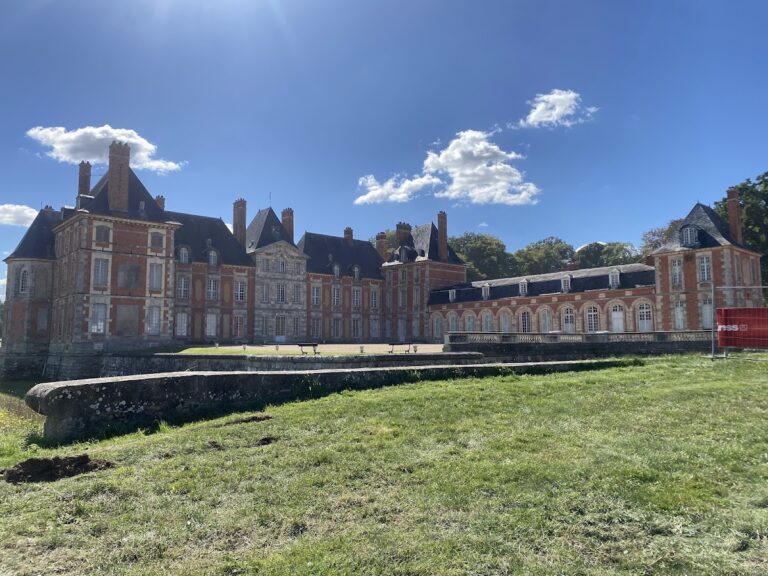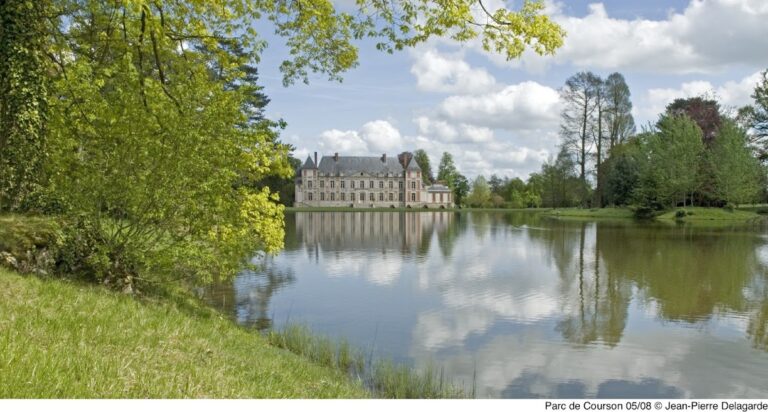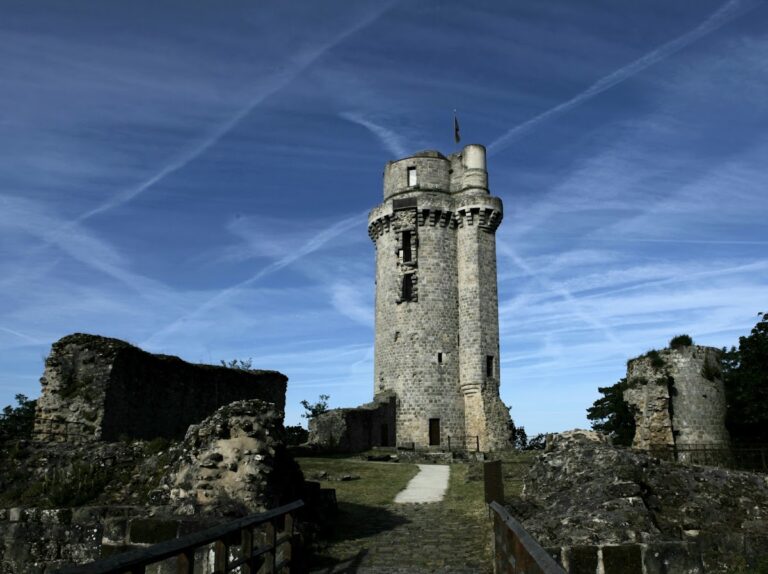Château de Dourdan: A Medieval Fortress in France
Visitor Information
Google Rating: 4.4
Popularity: Medium
Google Maps: View on Google Maps
Official Website: chateau.dourdan.fr
Country: France
Civilization: Medieval European
Remains: Military
History
The Château de Dourdan stands in the town of Dourdan, France, on a site chosen by medieval builders for its strategic position between Paris and Chartres. Originally part of the vast Carnutes forest during ancient times, this area remained an important hunting ground throughout the Middle Ages. The earliest known fortification here was a castle made of wood and earth, constructed by Hugues le Grand and his wife Hedwige of Saxony. This early stronghold lies about 100 meters northwest of the stone castle visible today and holds historical significance as the birthplace of their son Hugues Capet, who would become the founder of the French Capetian dynasty.
Between 1220 and 1222, the stone fortress that defines the Château de Dourdan was built under the orders of King Philip II Augustus. This castle was part of a royal initiative to erect 52 fortresses across the kingdom so as to strengthen France’s defenses against its Plantagenet rivals during ongoing conflicts. The Château de Dourdan was the last fortress completed during Philip II’s reign, finalized shortly before his death in 1223. Over the centuries, the castle fulfilled multiple roles reflecting shifts in political and military needs. It served as a royal hunting residence for kings Louis VI and Louis VII, taking advantage of the surrounding forested landscape.
In the 14th century, the castle also functioned as a prison, most notably housing Joan II, Countess of Burgundy, between 1314 and 1315 following her implication in the Tour de Nesle affair. During the Hundred Years’ War, the renowned military companion of Joan of Arc, Étienne de Vignolles, known as La Hire, was detained within its walls. Ownership of the fortress passed through various hands tied to the French crown and nobility, including prominent figures such as Blanche of Castile, Marguerite of Provence, Jean I of Berry, the Duke of Guise, and the Duke of Orléans. Its strategic and symbolic importance made it a target during the French Wars of Religion when it underwent siege and partial destruction.
From the late 17th century until 1852, the Château de Dourdan was primarily used as a prison, after which it served as a military barracks depot until the mid-19th century. Recognized for its historical and architectural value, the castle was officially classified as a historic monument on December 9, 1964. Following this designation, concerted restoration efforts throughout the 1970s and 1980s focused on repairing key components such as the donjon, towers, curtain walls, and surrounding moats, ensuring the preservation of this medieval fortress into the modern age.
Remains
The Château de Dourdan is laid out on a roughly square plan, each side measuring about 70 meters. It is encircled by deep moats approximately 12 meters wide and 7 meters deep, lined with stone walls on their outer edge, known as counterscarps. These moats were crossed by three stone bridges, originally serving as controlled access points into the castle. The fortress follows the defensive style typical of the early 13th century under King Philip II’s standardized military architecture, with solid curtain walls and strategically placed towers.
Six towers defend the castle’s perimeter: two stand on the northeast side—one connected externally by an isolated bridge—three face southwest, and one occupies the northwest corner. The entrance is fortified by a gatehouse, or châtelet, located on the southeast side, protected by a drawbridge that could be raised to prevent enemy entry. The most imposing feature is the isolated donjon at the northern corner, a massive cylindrical keep built around 1220. This donjon rises about 30 meters from the bottom of the moat, with about 25 meters still preserved, and has a diameter of 13.6 meters. Its walls measure 3.75 meters thickness, constructed from sandstone foundations and limestone sourced locally from the Beauce region.
Surrounded by its own dry moat separate from the main castle’s defenses, the donjon was accessed via two drawbridges leading to pointed arch doors positioned at the first-floor level. Inside, the first floor housed a large communal hall measuring 6 meters in diameter beneath a six-sided (hexagonal) ribbed vault reaching 8.45 meters high. This space was equipped with practical amenities including a fireplace framed by pilasters (flattened supporting columns), a bread oven, a manually operated mill, and a well embedded deep into the floor, over 10 meters in depth. A wooden floor was installed to divide this spacious area, increasing accommodation for the garrison stationed there.
A narrow spiral staircase about 1.25 meters wide runs within the thickness of the walls, spiraling upwards through 41 steps to an upper chamber. This room features its own fireplace and a ribbed vaulted ceiling with a height of 6.55 meters. Further above lies a guardroom approximately 6 meters across, reached by another spiral staircase, with attics at the very top and crowned by a small bell tower. Notably, the donjon lacks narrow arrow slits, a detail indicating that its main purpose was not active archery defense but rather to serve as a stronghold and secure prison.
Within the castle’s inner courtyard stood a chapel dedicated to Saint John the Baptist, alongside a U-shaped residential building that included a covered terrace on its eastern side. The towers that surround the fortress were originally topped with steep, pointed roofs often called “pepperpot” roofs due to their shape. Overall, the Château de Dourdan’s moats, walls, and towers exemplify the martial architectural style promoted by Philip II Augustus, sharing many defensive characteristics with his other construction projects, such as those of the Louvre fortress in Paris.










